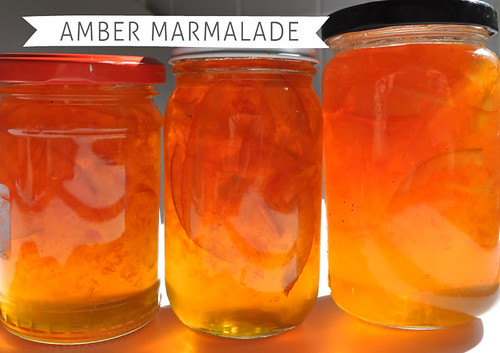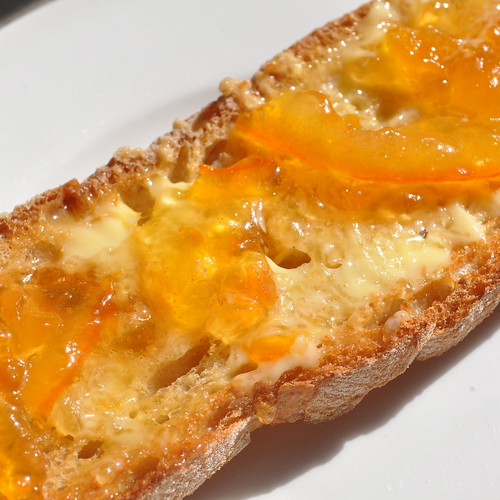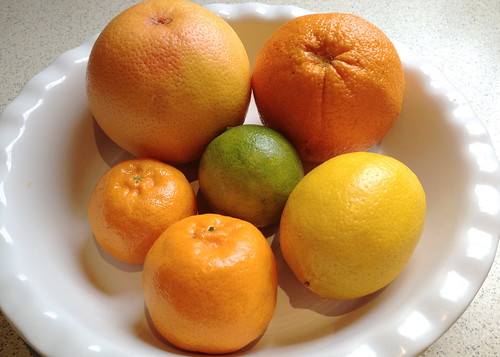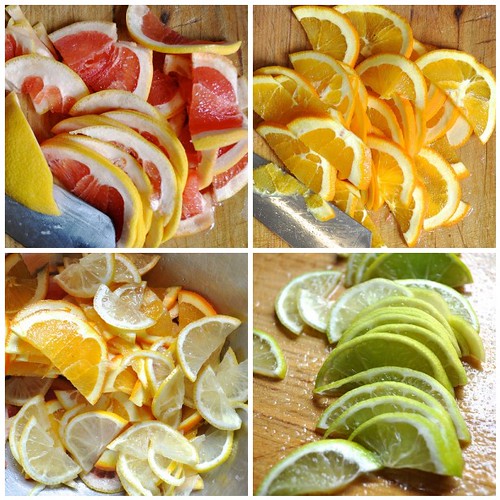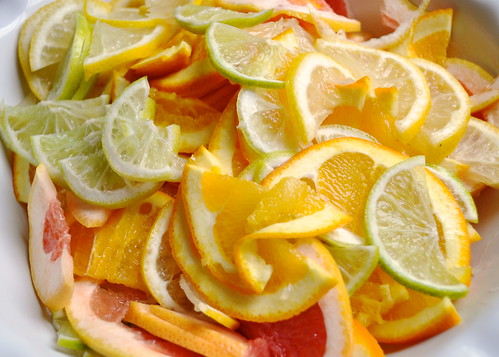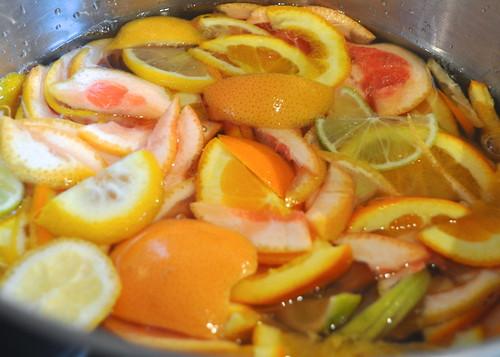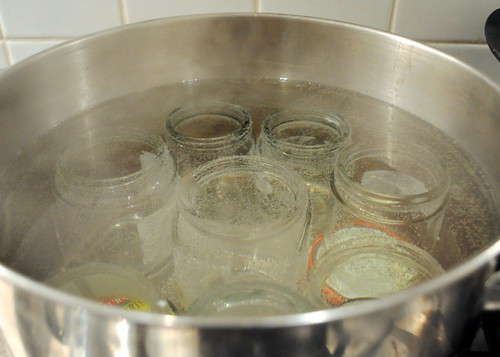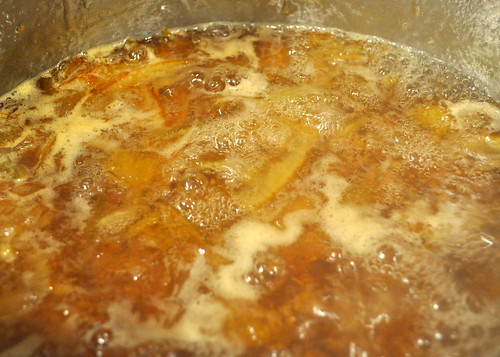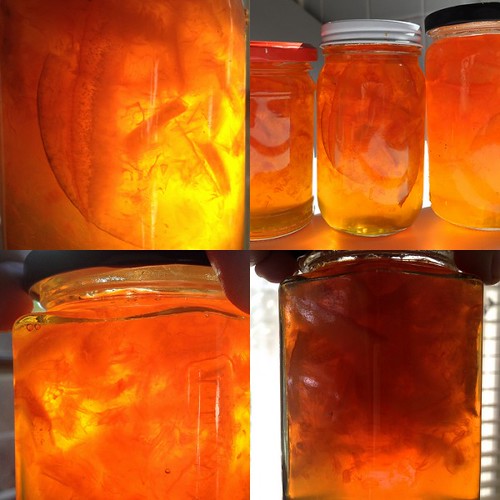Tuesday, 20 August 2013
springing
Its funny, I started writing this spring post yesterday and today there is a real chill in the air, its freezing! I think I might have been counting my chickens a little early!
Despite that the jasmine buds are massing and I've been brave enough to plant some spring seeds, hoping to get a jump on the vegie garden this season.
How about you? Any spring cleaning urges yet? Or are you pulling those woollies out of storage for autumn?
Monday, 12 August 2013
amber marmalade recipe
Some of the most satisfying making I do is of the preserving/jam making variety. Do you make jams or pickles? I'm always so happy to have a new batch on the shelves, especially when I gift a jar of homemade or enjoy the delicious flavours on my toast!
Its actually a relatively quick process too when you have your system worked out, but the results last a long time and give back many times over. In fact we are only now on our last jar of Apricot Jam which I made back in December last year.
This recent batch of marmalade is a really simple recipe, and I'm hoping it might inspire those of you who haven't made one before. It becomes easier each time and once you have your first batch made can quickly become a habit. And winter is the perfect time for marmalade making, with all the beautiful citrus around.
This batch was inspired by a precious jar of marmalade and a recipe gifted from my clever mother in law who you may remember also gave me her green tomato pickle recipe. She tells me you can use any citrus you have handy, including mandarins.
I like the bitey taste of a slightly tart breakfast style marmalade so the grapefruit was essential and I threw in a lime because I had one.
Looking online I found some other recipes for Amber Marmalade, this one dating back to the Suffragette's cookbook of 1915 and this from Cooks.com, I mixed the three up and this is what I came up with.
Ingredients
1 ruby red grapefruit
1 lemon
1 orange
1 lime
water (3 x fruit volume)
2.3 kg white sugar
Method
Cut citrus in half and then slice into paper thin slices.
Put into pan and top up with three times as much water.
(In my case I did a rough calculation using my pyrex cup measurer and worked it out to be about four cups of fruit which made it 12 cups water.) Leave to soak overnight.
The next morning boil the mix for ten minutes. Then leave to sit again (in the pot on the stove with a lid is fine). The recipe said overnight but I cooked mine up in the late afternoon. As far as I can see the soaking is to soften the peel and give the water time to absorb all the pectin from the pith. I threw in my extra thick peels from the side of the fruit for extra luck, but fished them out before I added the sugar.
Bring to the boil and then add all the sugar and cook till the marmalade gels. For me that was an hour and a half but sometimes its over two hours. Make sure not to burn it but keep going till it's set. You can tell when its getting close because it becomes more viscous and the bubbles seem to change appearance, as though in toffee (see pic three from the bottom).
My method of checking set is to put two saucers in the freezer. I take one out at a time and put a smear of marmalade across it and then leave it a minute or two to set and then drag my finger through it. I keep doing this until I'm happy. When you have set it won't run across the plate and the marmalade will bunch up against your finger and cause wrinkles. Once you see it you will start to recognise how that looks.
My MIL's recipe says to soak the seeds separately and add the soaking water, but wouldn't you know it I had not one! I looked online and saw that citrus pith is full of natural pectin anyway, and with the soaking that was all I needed. I like some fine peel in my marmalade but if you don't you could take it all out later.
I sterilize my jars on the stove. I have two big stock pots and I use one for my preserves and the other to boil the jars and lids. I boil them covered for about twenty minutes minimum. Be careful when handling them after they are boiled so you don't add in any new germs. Bottle jams and preserves when still hot and tighten lids. Then sit back and admire your handiwork, and generally feel like a domestic goddess/god.
Tips
• Make many small batches rather than one big one, for some reason doubled quantities don't seem to set or cook as well.
• Sally Wise, jam guru, has the tip for jams and marmalades of putting two or three forks at the bottom of the pan to help stop it sticking and burning. My MIL has a jar of marbles she uses in her batches.
• Different fruits have different amounts of pectin which you need for setting. I always use natural pectin but boost it in different ways by adding lemon and peel or soaking seeds either in muslin or fishing them out later.
• many recipes call for you to heat your sugar. I think this is just so you don't lose heat when you add it. I never do, I'm always too lazy!
Thursday, 1 August 2013
apple boxes
Last week my bloke and I skived off work for a road trip to Camden, we were picking up a couple of old apple boxes to convert into raised vegie beds. We'd been waiting for a local garden supplies place to get new stock of these, but in the end bought them straight from the grower.
On the way back we drove through Mount Annan Botanic Gardens where I photographed this striking blue tree. Its a lovely big bushland setting with stands of different tree species. Unfortunately we had the dog with us and couldn't get out for a wander, next time.
You may remember we put some vegie beds down the back of the garden last year. While they started off well they have recently struggled with the number of tree roots in the area so we're hoping that raising them up like this will get them more sun and less competition to their roots. Its also nice to have them raised for easy access, and don't they look nice!
I've showed some of the process, we lined them with weedmat and filled the bases with recycled polystyrene to cut down on the weight and the amount of soil used. Then we filled them with a compost mix from the local nursery. I say we but it was mostly done by the boy crew, Miss A and I were out so missed most of the heavy work. The worm towers were reinstalled for easy composting. I'm hoping these work better in the new situatuion too.
The surviving vegies were transferred to their new spot and are so far thriving. These include some stunted rainbow chard, four broad bean seedlings, eight small broccoli plants and four pea plants. None were very happy and it will be interesting to see if they continue to do well in the new beds.
I have a few winter vegies still going, a couple of healthy kales, some broad beans and beetroot grown from seed and some cherry tomatoes which have held on in their sunny side spot through this mild winter. Last weekend it certainly felt like spring and the heralds of the new season, the wattle, the magnolias, the jasmine, the daphne, the jonquils are all out in force.
Labels:
flower
,
garden
,
vegetables
Subscribe to:
Comments
(
Atom
)

